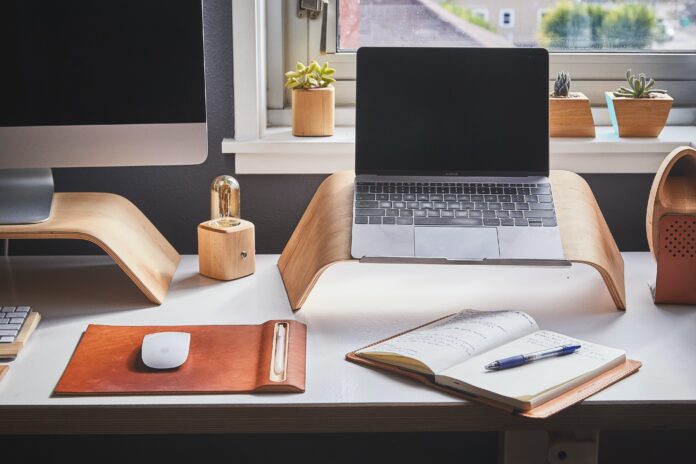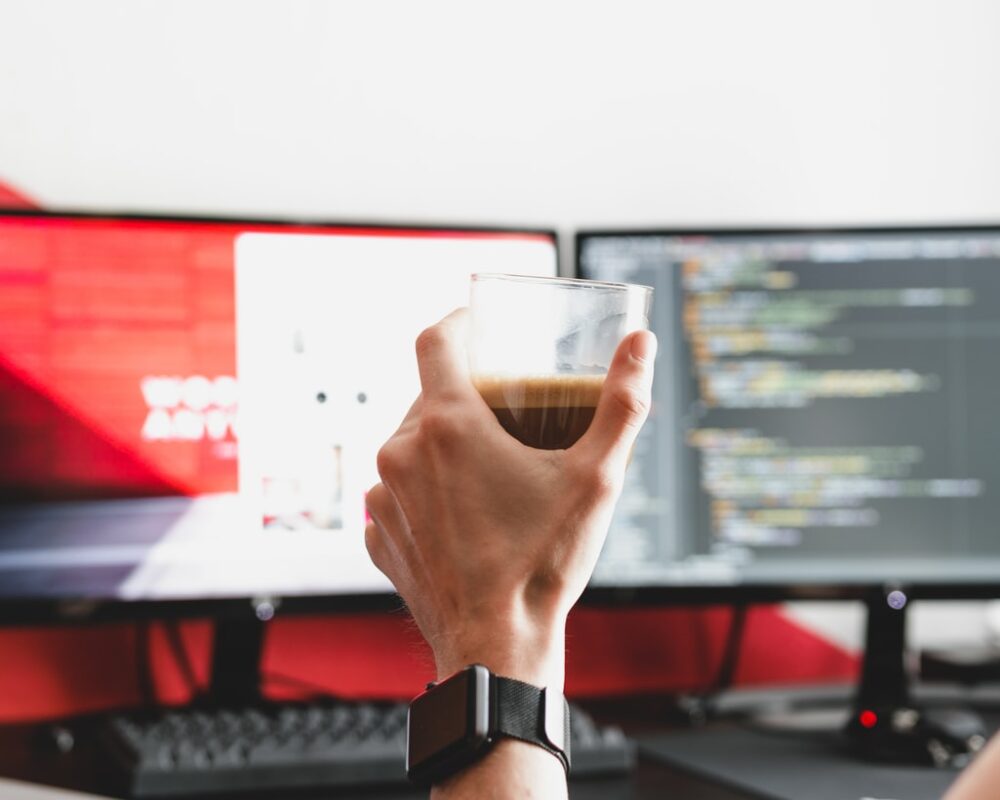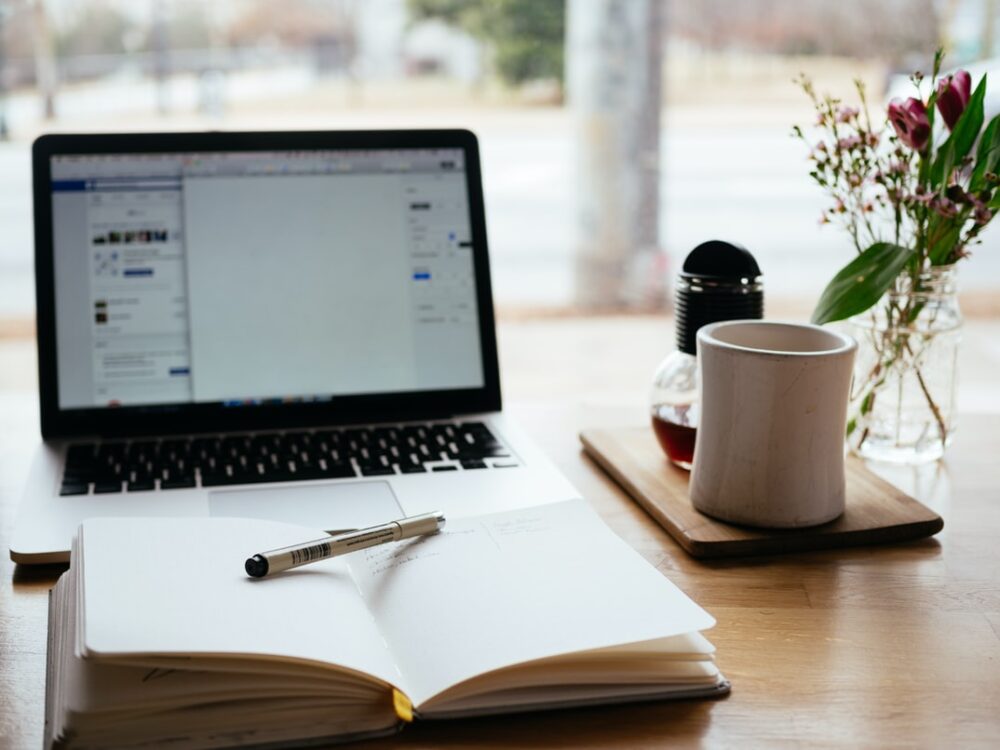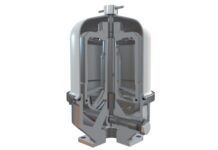
Just because you’re working from home doesn’t mean you don’t deserve any breaks or time for yourself. You might not get to experience the long hours of commuting or stressful encounters with strangers, but the possibility of burnouts and breakdowns is still present even in the WFH setup. Whatever it is you’re feeling right now, the tiredness, overwhelming emotions, and even guilt, all of it is valid. You don’t have to discredit yourself just because you’re working from home. Don’t think you can’t take a break because you’re at home. Resting is for everyone.
Since the quarantine has affected almost the whole planet, you’ve probably become accustomed to working from home. However, if you’re having trouble meeting deadlines and staying concentrated, you may want to consider improving how you use your “rest periods.” To get started, these suggestions might help make the most of your much-needed breaks and remain alert and efficient throughout the rest of the week.
1. Don’t be afraid to take a nap

Your productivity will skyrocket if you take a little snooze in the afternoon. To help you take better naps, Kumi offers relaxing essential oils that will enhance the overall scent of the room, making it a better space for resting.
Why is it important to take naps, you say? According to research, taking a 40-minute nap between tasks can increase productivity by up to 35% and general attentiveness by 50%. According to a new study, even a 20-minute afternoon nap might be more restorative than an additional 20 minutes of sleep in the morning.
You’ll only be hindering your productivity if you continue to battle the impulse to take a nap whenever you have the chance. So, as long as you stay responsible and wake up on time, I guess a little afternoon snooze won’t hurt.
2. Make something out of your break periods
If you’ve ever longed to do something creative but couldn’t find the time, you can always make things possible. Take a break and work on this for a while! Every day, even for just 10 to 15 minutes, you may make significant progress on a variety of projects, and it’s an enjoyable and relaxing way to spend your time.
If you can become excited about these intervals, you will be more likely to use them productively and healthily. Remember that you’re doing this to relax and concentrate, not to finish a work or project by a set date. Take pleasure in what you’re doing, not because you’ve been compelled to.
3. Try having rest intervals

Work for 90 to 120 minutes, then take a 20-minute break after each hustle to use the occasional rest. You may enter into a “flow” by working for extended periods of time. Using other strategies, such as Pomodoro, may hinder you from achieving this condition.
Periodic rests are a great way to get into the flow state and stay there for an extended length of time. Naturally, at first, you might still feel anxious and restless leaving your responsibilities. Still, as you let yourself go and have the time to relax, you will realize how productive and efficient you are working when you take a break.
Make sure you don’t do anything work-related during your 20-minute break and just enjoy being at peace without stressing over your deadlines.
4. Get some sweats and workout
While we’re on our breaks, we may employ exercise as a good tool. It is only starting to make people feel lazy. Once you’ve had a squat or two, you’ll realize how easy and enjoyable it is to gain some sweat. The adrenaline rush you experience from exercising will keep you going all day long. Short walks are a great way to get some exercise during your breaks, even if you’re short on time. Some 10 minute home exercises may be ideal for a more intense workout if you have a short amount of time to spare.
5. Do something quick for yourself that is not work-related

Some refer to this kind of respite as a “micro-break.” For micro-breaks to be effective, they must be brief and voluntary. Don’t waste time counting down the minutes till you can get up and walk about for a few minutes. The urge for a morning coffee or a social connection often prompts people to take micro-breaks. Yes, you should listen to these urges.
Micro-breaks are an important consideration to bear in mind. Taking a five-minute break after long hours of finishing your work will make it impossible for you to get into a focused state of mind. Your body may be requesting a lengthier break if you realize that your micro-breaks are getting out of hand. Eat some food or wander around for a few minutes. Listen to your body.
6. Have a pet? Spend some time with them
When you’re home, your pet is undoubtedly relieved to see you, but they might be wondering why you spend so much time staring at your computer instead of enjoying hours with them. Bring out the catnip and let the puppy out for a stroll or feed your goldfish.
Whatever it is, that would make your pets feel like they’re being given attention and love. In addition to helping you relax and clearing your head off work for some time, spending time with your pet may provide a sense of intimacy and warmth to your life, which may be just what you need to get through the week.
7. When eating during breaks, eat healthily

Meals are an essential aspect of your everyday activities and should be included in your breaks. However, bear in mind that various foods and snacks may have varied effects on your physique, brain, and overall performance. Having a full-course meal over your afternoon breaks may not be the best choice since it will most likely leave you weary while your body processes all of the nutrients. So, keep things simple yet sufficient enough to give your mind and body enough sustenance.
Now that you’ve learned some of the basics of spending your rest periods more efficiently, we’re sure you’ll be able to perform well under pressure. Now go back to your task. And always remember to take appropriate pauses from time to time.








